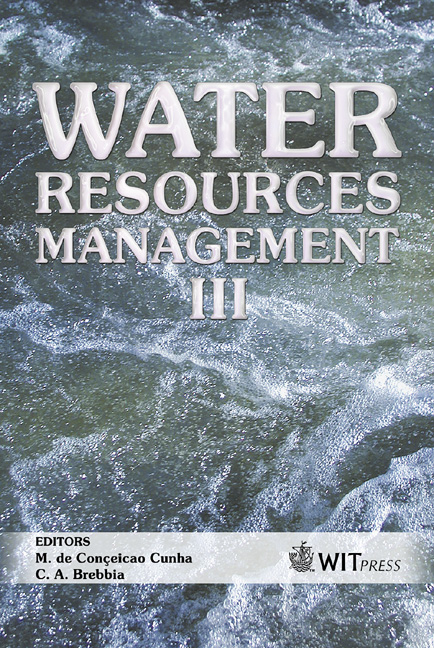3D Density-dependent Groundwater Modeling In Assessing Optimisation Of A Pumping Strategy Within A Chemical Plant
Price
Free (open access)
Transaction
Volume
80
Pages
11
Published
2005
Size
4,681 kb
Paper DOI
10.2495/WRM050141
Copyright
WIT Press
Author(s)
D. Campoli, E. Crestaz, M. Fehervari, L. Patata & P. Scipioni
Abstract
This paper focuses on the key-role of density-dependent groundwater modeling in designing an emergency pumping strategy for a small area within an Italian chemical site, located close to the seashore. The finite-element numerical code Feflow has been used, due to its numerical features and its full-3D integrated processing environment. Following a schematic geological, hydrological, hydrogeological and contamination picture of the area, the initial conceptual model has been investigated by numerical modeling, which has highlighted the influence of leakage from human-made technological networks in controlling groundwater recharge. As most of the leaking waters are pumped from the sea, a general salinisation of the aquifer system occurred, resulting in a few meters of \“relatively fresh” water and a sharp to gradual transition to sea water; numerical modeling helped in assessing the transient hydrogeological history from the unknown pre-industrial site configuration. Focusing on risks of contaminated water flowing to the sea, different pumping schemes have been simulated, including shallow vs. deep pumping wells, optimisation of well location and number. In the face of uncertainty issues in groundwater recharge and flow estimation, conceptual guidelines have been provided, recommending proper monitoring strategies to support the decision making process. Keywords: groundwater modeling, salt-water intrusion, Feflow. 1 Introduction A preliminary 3D density-dependent numerical flow model has been developed for a small flat area located in southern Italy (fig. 1). The area, falling within a
Keywords
groundwater modeling, salt-water intrusion, Feflow.





